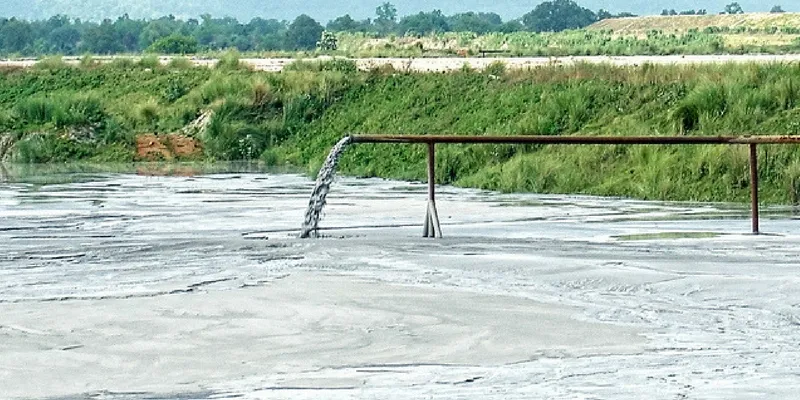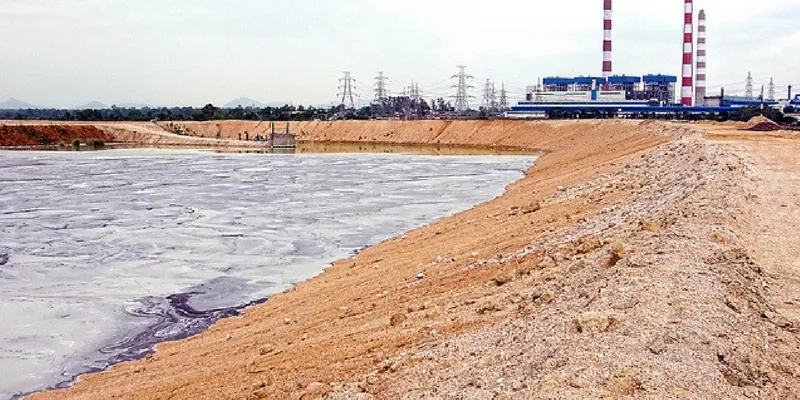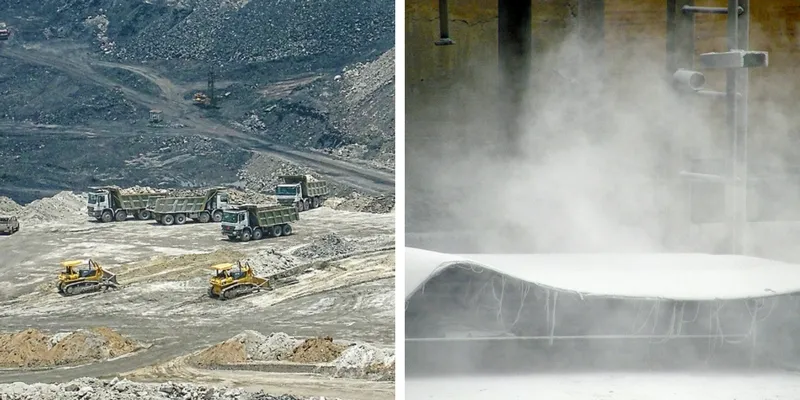Korba: how the power hub of Chhattisgarh became a pollution hub
The Central Pollution Control Board has ranked Korba, in Chhattisgarh, fifth in the ‘critically polluted area’ category. It is time thermal power companies wake up to pollution control mandates to avoid an environmental disaster in the region.

A city and an industrial area in the state of Chhattisgarh, Korba has gained prominence as a power hub in recent years. But the development has also brought problems in its wake.
According to a study conducted by the Central Pollution Control Board (CPCB) in 2009, Korba ranks fifth in the “critically polluted area” category among 88 industrial clusters.
Ankleshwar in Gujarat ranks first, followed by Ghaziabad in Uttar Pradesh and Vapi in Gujarat.
Korba, located in the northern half of Chhattisgarh, is home to many coal-based thermal power plants, including National Thermal Power Corporation and Chhattisgarh State Electricity Board.

These eight plants, which produce 6090 megawatts of electricity and power Korba and its surrounding areas, have also made the city a pollution hub. The Korba plants generate more than 1 lakh metric tonnes of fly-ash annually.
Fly-ash refers to the fine particles of ash sent up by the burning of solid fuel-like coal. Typically, this is the residue of ash generated by thermal power companies. Due to its toxic nature, the government has mandated that fly-ash must be dumped in ash ponds, specially made on vacant lands.
However, this mandate is not strictly observed and casual dumping has led to air, water and land pollution in areas close to the power plants. This has also had a negative impact on the health of people residing here.
Local news dailies have reported several incidents related to health problems, including skin diseases like rashes and itching and some respiratory diseases like chronic bronchitis, chest discomfort, asthma attacks and even cancer.

For two decades, no visible action was taken by the state government to mitigate the problem of fly-ash disposal in the district. All thermal power companies were asked to adopt High Concentrated Slurry Disposal System (HCSD), a controlled and monitored fly-ash feeding system to help with its safe disposal.
A few years back, concerned about the rising pollution, the Chhattisgarh Environment Conservation Board created an action plan titled Development of Comprehensive Environmental Pollution Abatement Action Plan for Critically Polluted Areas.
The 2011 plan mandated that all thermal power companies in Chhattisgarh must implement a project to use 100 percent of the fly-ash they generate.
Six years past the deadline, none of the plants have implemented this plan even though it isn’t difficult to reuse fly-ash. Fly-ash can be used to make bricks, tiles and cement. It can be used instead of sand to reclaim low-lying areas. Roads and embankments can be built with it and mines can be filled with it. But despite knowing this, the companies are yet to make a conscious effort to plan fly-ash reuse.

The current average fly-ash utilisation by the eight thermal power companies put together is less than 50 percent.
Lakshmi Chauhan, a Korba-based lawyer and environment activist, says: “Companies like Balco, Lanco, CSEB and Aryan in Korba have installed HCSD, but it is not able to deliver even 50 percent of the output.”
Another method to stave off pollution was by building fly-ash storage tanks. Two tanks have been built, but there are no roads to reach the tanks so they are not operational and of no use at all.
The fly-ash has also affected water in the Hasdeo River. The water of the river is only fit for bathing now, and the CPCB has declared Korba a “critically polluted zone”.
The state government has ignored these health and environmental problems for more than 20 years. Instead, they continue to open new avenues for public sector companies by expanding coal mines in the area.

The expansion of South Eastern Coalfields Limited will displace people from five villages in Korba. New projects will further displace people from other villages, including Raliya, Bhalanpat and Hardibazar, and will also adversely affect the environment.
Unless the mandates set by the ministry are followed, Korba will continue to suffocate under the pollution caused by fly-ash.
View the full photo-set here.
Disclaimer: This article, authored by Makarand Purohit, was first published on India Water Portal.







